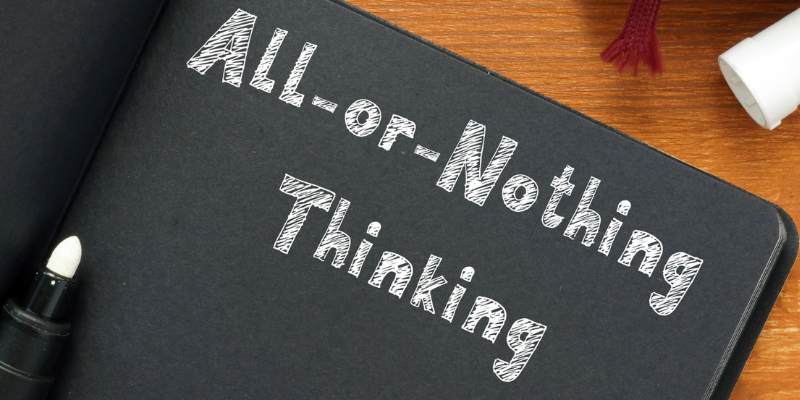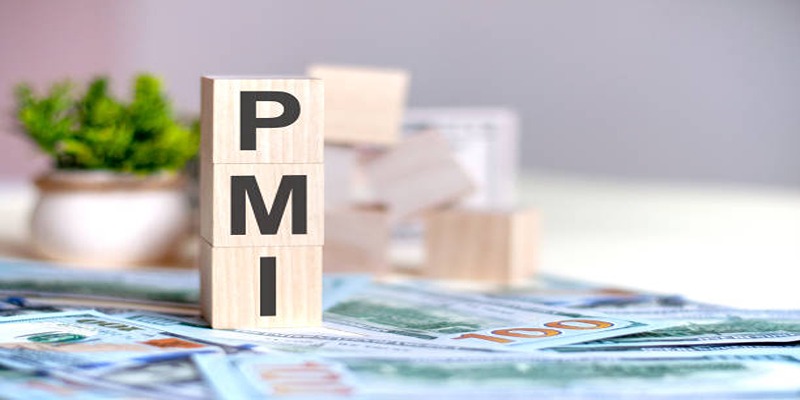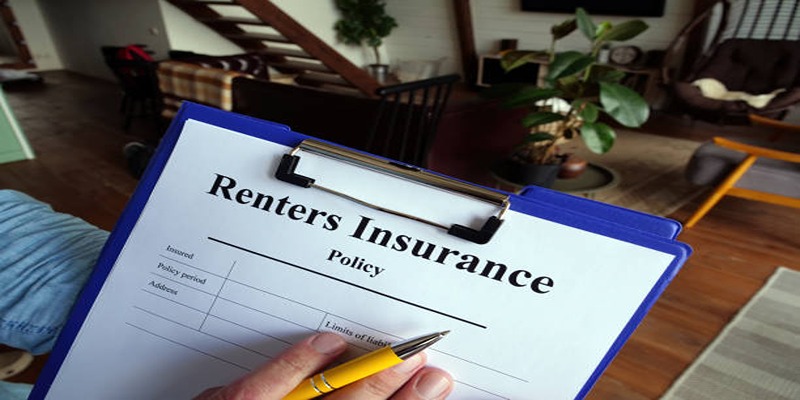Buying a home is a major investment, and protecting it is just as important. That’s where homeowners insurance comes in—but navigating it for the first time can feel overwhelming. What does it cover? How do you choose the right policy? This beginner-friendly guide breaks down the basics, helping you understand homeowners insurance and make confident decisions to protect your property and peace of mind.
What Is Homeowners Insurance?

Homeowners insurance is a type of contract between you and your insurance provider that protects your home, belongings, and liabilities. If unexpected events like fire, theft, or natural disasters impact your home, homeowners insurance ensures you don’t bear the financial brunt alone.
Most policies require you to pay an annual premium, and in return, the insurance company agrees to cover specific types of damages or losses as outlined in the policy. It’s important to note, however, that not all types of damage are covered. Understanding the scope of coverage is key.
Why Is Homeowners Insurance Important?
For most homeowners, their property is their most valuable asset. Without insurance, you may end up covering tens of thousands of dollars (or more) in repair or replacement costs after a catastrophe. Here are a few reasons why homeowners insurance is vital:
- Financial Protection: Whether it’s storm damage or burglary, insurance helps alleviate the burden of costly repairs or replacements.
- Mortgage Requirement: Most lenders require homeowners insurance before approving a mortgage. It’s essentially a safety net for the lenders since they have a vested interest in the property.
- Peace of Mind: Knowing you’re protected allows you to focus on enjoying your home without constant worry about unexpected events.
What Does Homeowners Insurance Typically Cover?
While each policy is different, most standard homeowners insurance policies cover four main areas:
1. Dwelling Protection
The foundation of homeowners insurance is protecting your home's structure. This includes the walls, roof, floors, and built-in appliances. If your home is damaged by events like fire, hail, or vandalism, your policy will typically pay for repair or rebuilding costs.
Example: If lightning strikes your home and causes a fire, dwelling coverage will help cover the costs of repairing the damage.
2. Personal Belongings
Your belongings, including furniture, electronics, clothing, and other personal items, are also covered in case of theft or damage. This coverage usually extends beyond your home; for instance, you may still be protected if an item is stolen while you're traveling.
Example: If a burglar breaks into your home and steals a laptop, the insurance will compensate you for its value (up to the limits of your policy).
3. Liability Protection
Homeowners insurance also includes liability protection, which covers legal expenses if someone is injured on your property and decides to sue you. It can even cover damage you or a family member accidentally cause to someone else’s property.
Example: If a guest slips in your driveway and breaks their leg, liability protection can help cover medical bills or legal costs.
4. Additional Living Expenses (ALE)
If disaster makes your home uninhabitable, ALE coverage can pay for temporary living arrangements such as hotel stays, meals, or other necessary expenses until your home is repaired.
Example: After a flood damages your home, your insurance could cover the costs of staying in a hotel while repairs are underway.
What Isn’t Covered by Your Policy?
While homeowners insurance covers many types of losses, it doesn’t cover everything. Standard policies may exclude damage caused by:
- Floods: Separate flood insurance is usually needed for water-related damage from natural disasters.
- Earthquakes: Similar to flood damage, earthquake insurance generally requires a separate policy.
- Maintenance Issues: Damage resulting from neglect, such as mold or pest infestations, is not covered under most policies.
- High-Value Items: While there is coverage for personal belongings, it may not extend to expensive collectibles, art, or jewelry unless you purchase additional coverage.
Always review your policy in detail and discuss with your insurer to identify any potential gaps in coverage.
How to Choose the Right Homeowners Insurance Policy
1. Assess Your Coverage Needs
Start by evaluating the value of your home, belongings, and potential liabilities. You’ll want enough coverage to rebuild your home entirely if needed, replace your belongings, and protect against lawsuits.
2. Compare Multiple Providers
Not all insurance providers offer the same coverage or pricing. Obtain quotes from multiple companies and look for policies that provide a good balance of affordability and comprehensive protection.
3. Understand Policy Limits and Deductibles
Familiarize yourself with the maximum coverage amounts (limits) and out-of-pocket costs (deductibles) for different claim types. Choose an affordable deductible, but make sure it doesn’t strain your finances in the event of a claim.
4. Ask About Discounts
Many insurers offer discounts for bundling home and auto insurance, installing home security systems, or being a long-term customer. Don’t hesitate to ask!
5. Work With an Agent
If reviewing insurance options feels overwhelming, consider using an agent. They can explain terms, address concerns, and match you with the best policy for your situation.
Pro Tips for Managing Your Homeowners Insurance

- Conduct Regular Reviews: Your insurance needs may change over time. Review your policy annually and update it to reflect home improvements or new belongings.
- Take a Home Inventory: Keep a detailed list of your valuable possessions (including photos and receipts). This will make filing a claim much easier.
- Understand the Claims Process: Familiarize yourself with how to report a claim and what documentation you’ll need during the process. Being prepared can help avoid unnecessary stress in an emergency.
Conclusion
There’s no one-size-fits-all solution when it comes to homeowners insurance, but getting started doesn’t have to be overwhelming. Take the time to evaluate your needs, ask plenty of questions, and choose a policy that offers a strong combination of affordability and protection. Think of it as an investment in safeguarding not just your property, but also your peace of mind.












